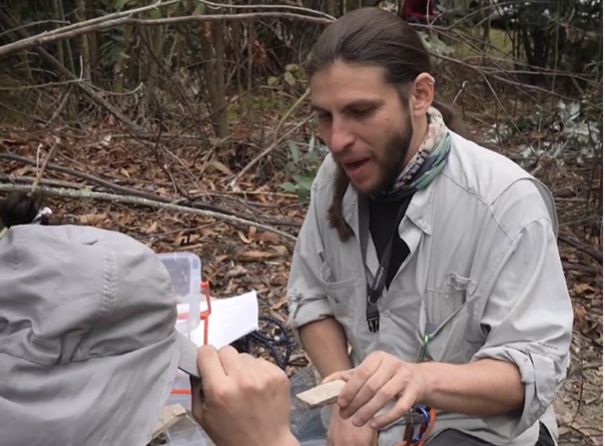
A team of Colombian paleontologists has uncovered a new fossil site in the Boyaca Department. Directed by Dr. Javier Luque, a Colombian geologist, biologist and paleontologist, this team of 12 scientists spent weeks excavating and studying rock formations in the Toca municipality. Their efforts were richly rewarded, as the scientific mission discovered a site with hundreds of marine invertebrate fossils from the Cretaceous period, including sea urchins, starfish, worms, crustaceans and arthropods. Moreover, the paleontologists identified over 30 new marine species. The unearthed fossils will be housed in the National Geological Museum José Royo y Gomez, in Bogota.
Boyaca Department, a fossil paradise
The Toca deposit was first discovered by Dr. Javier Luque in 2009, when he was still a student. His rise to prominence as a recognized paleontologist, now serving as a senior associate researcher and curator of arthropod invertebrates at the Museum of Zoology of Cambridge University, enabled him to assemble a team and return to explore this incredible site 15 years later.
Indeed, the Boyaca Department stands as the epicenter of Colombian paleontology. Thanks to its unique soil, the “Paja” geological formation, the department is home to countless marine fossils from the Cretaceous period, an era during which Colombia was submerged underwater. These paleontological treasures include everything from ammonites to marine reptile fossils.
Villa de Leyva, Colombia’s Mecca of fossils
Designated a UNESCO World Heritage site in 1967, Villa de Leyva is rightfully regarded as the Colombian capital of fossils, as it is located at the heart of the “Paja” geological formation. As such, the city is a must-visit destination for fossil enthusiasts travelling to Colombia. Indeed, at the city’s Fossil Museum and Paleontological Research Center, visitors can marvel at nearly complete fossils of an ichthyosaur, a plesiosaur and a kronosaurus, offering a glimpse into the extinct world of giant reptiles.
See all the latest news from Colombia and the world at ColombiaOne.com. Contact our newsroom to report an update or send your story, photos and videos. Follow Colombia One on Google News, Facebook, Instagram, and subscribe here to our newsletter.

